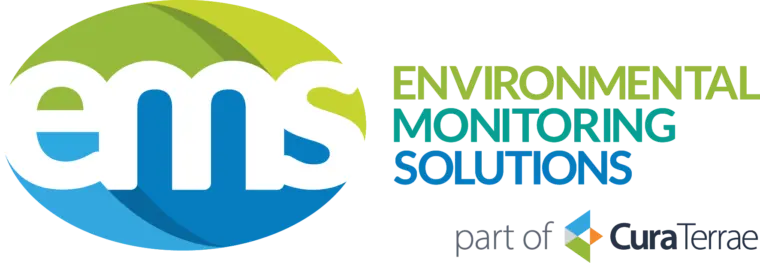Could exposure to silica dust be impacting your employees’ health?
19 April 2017
Silica is a substance naturally found in rocks, clay, sand and other products such as brick. When these materials are cut or used as part of a process they create dust, some of which is too small to see with normal lighting and is fine enough to reach deep inside the lungs when breathed in. This fine type of dust is known as respirable crystalline silica (RCS) and can cause serious health issues.
When dust particles enter the lungs they are attacked by the body’s immune system. This process causes inflammation (swelling) and causes the lung tissue to become hardened and scarred, known as fibrosis. Lung tissue which is damaged is unable to work correctly leading to long term health issues.
Significant exposure to RCS can cause the following diseases.
Silicosis
Silicosis is a long-term lung disease caused by inhalation of large amounts of crystalline silica dust. The symptoms of this disease usually take years to develop and can continue to get worse – even after you stop being exposed to silica dust.
Chronic Obstructive Pulmonary Disease (COPD)
COPD’s form a group of lung diseases, including bronchitis and emphysema, that result in breathlessness, coughing and chronic disability. These diseases are caused by inhaling irritants, such as RCS particles.
Lung Cancer
Heavy and long term exposure to RCS can cause lung cancer. When someone already has silicosis, their risk of developing lung cancer increases.
The ‘cancer burden study’ (HSE) estimates that out of the number of deaths from lung cancer a year that are associated with RCS, there are approximately 600 deaths a year, 450 of which occur from exposure within the construction sector.
Controlling the risk
Lung damage cannot be reversed and therefore it is difficult to treat these conditions. Construction dust can impact every person in the workplace and therefore it is important to properly manage this risk at the source. Health risks from RCS can be minimised and avoided if exposure to dust is appropriately monitored and controlled.
In Britain and the US, RCS exposure has a workplace exposure limit (WEL) to prevent excessive exposure to the harmful substance. The RCS WEL is 0.1mg/m3 expressed as an 8-hour time weighted average. Exposure to RCS is also subject to Control of Substance Hazardous to Health Regulations (COSHH).
It is useful to identify the source and level of RCS in the air by using dust monitors to ensure that levels fall below the WEL limit. Health surveillance checks on employees who could be at risk of RCS exposure can be carried out – but this should never be an alternative or substitute for proper dust monitoring and prevention.
Whilst there are a number of serious lung diseases associated with working in an environment where RCS particles are present, the health risks can become insignificant when the exposure is adequately monitored and controlled.









